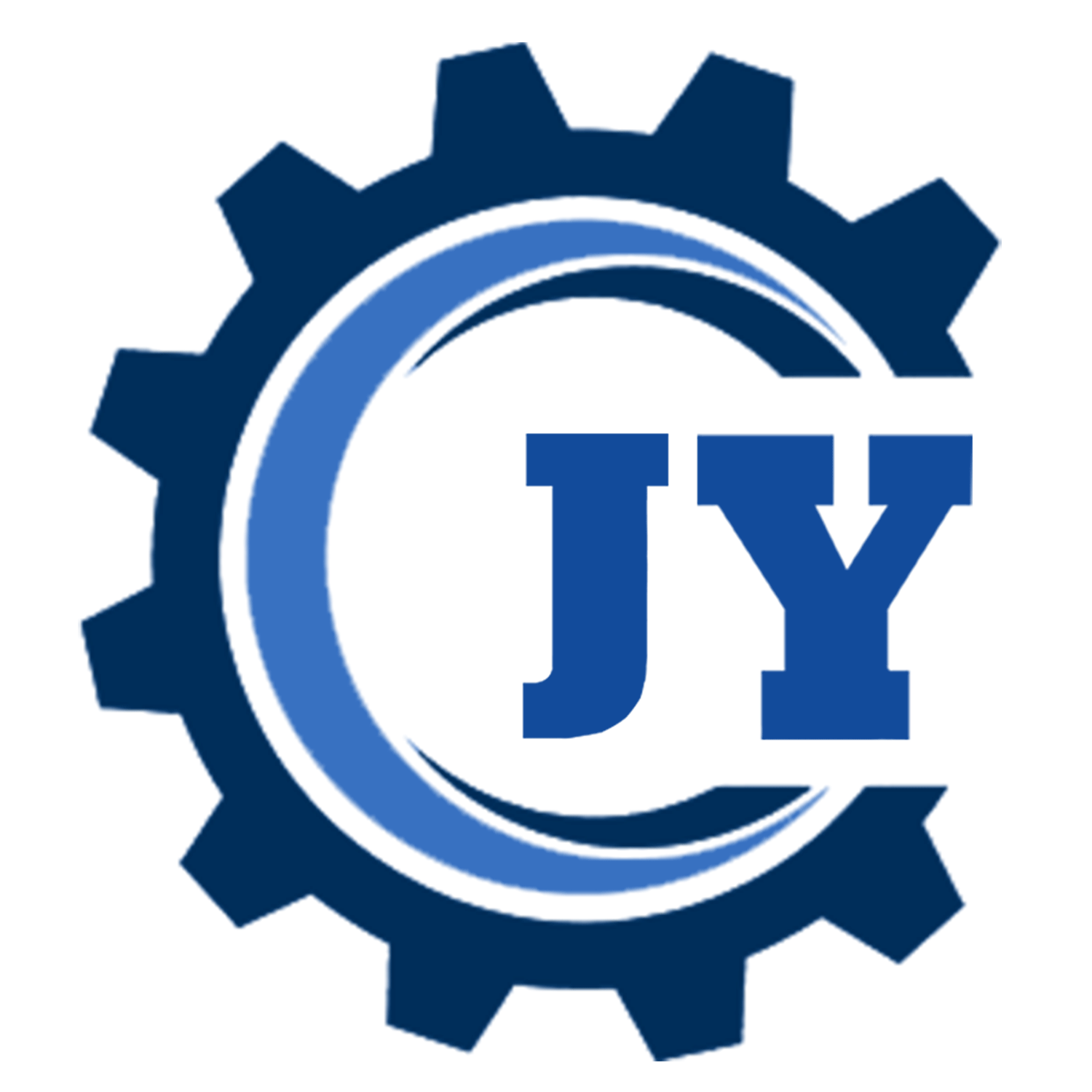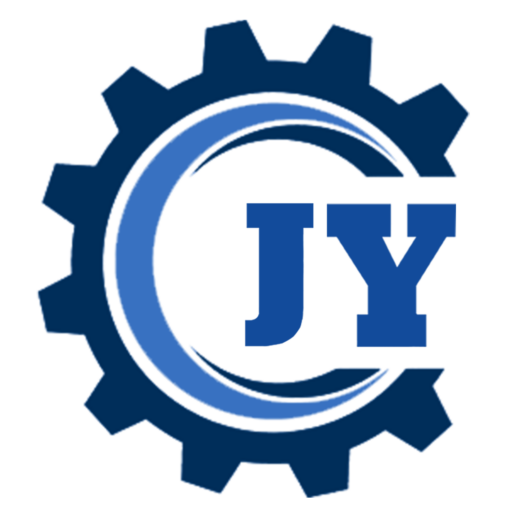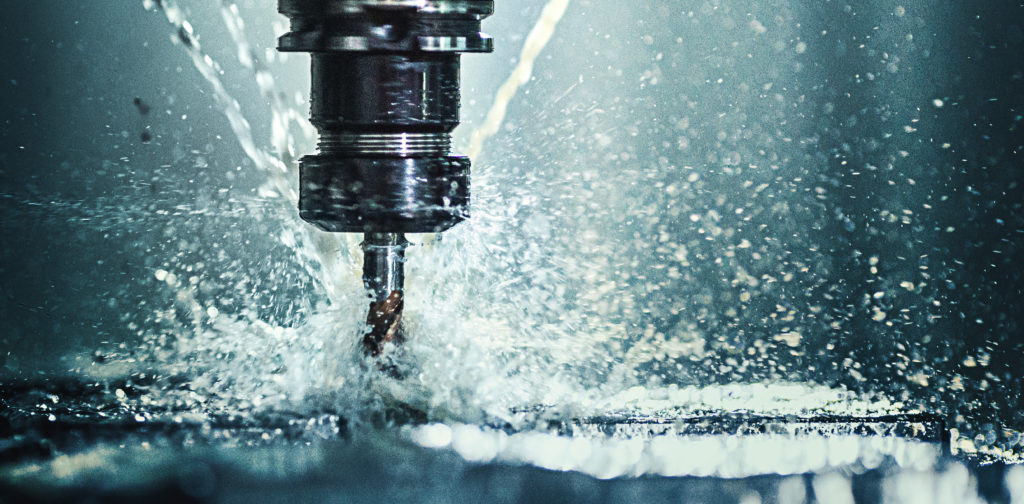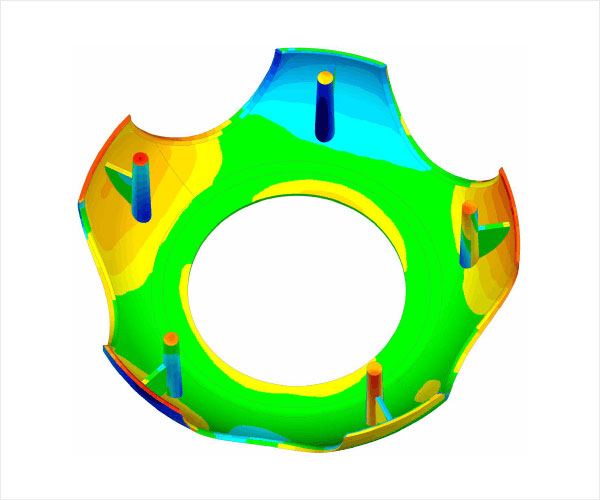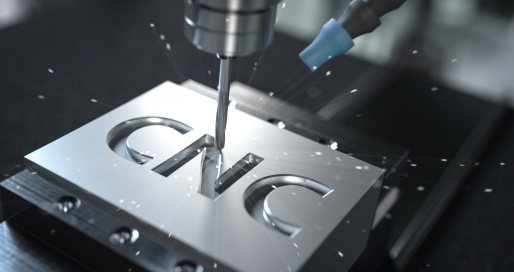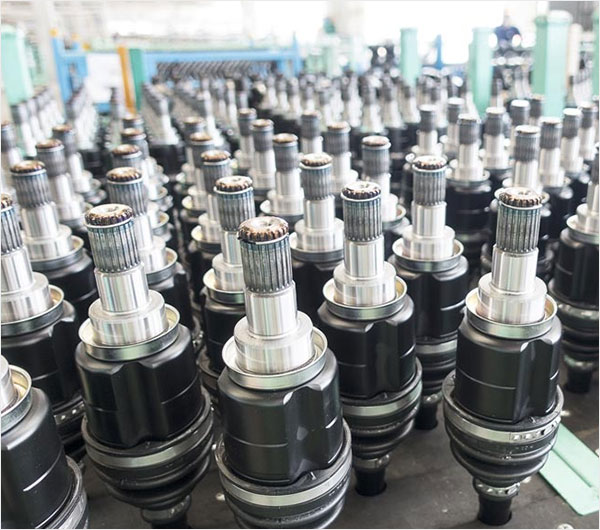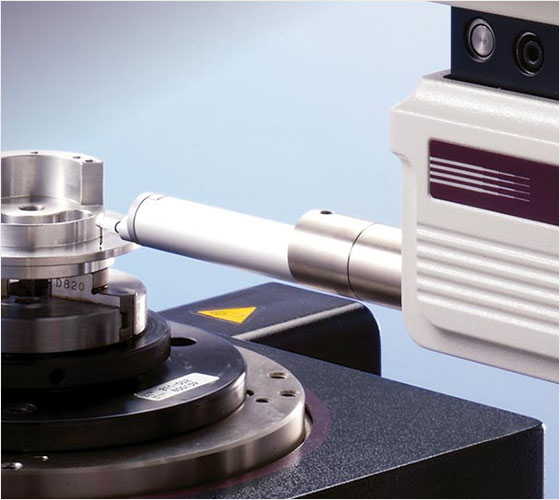CNC machines serve as vital tools when creating exact parts. As it can move in more paths compared to a typical machine, the 5 axis is special. The three directions in which primary CNC mills move are up-down (Z), front-back (Y), and left-right (X). The 5-axis CNC system has spin and tilt ability as well.
This extra motion helps the tool see parts from various viewpoints. This means that it may create deeper forms without having to reset. It speeds up and saves time in every step.
We will review each of this machine’s five axes in this piece. You’ll find out the roles of each axis and how they aid in forming things. You could learn more about the value of 5-axis machines in modern creation by being aware of these axes.
What are the 5 axis on a CNC machine?
A 5-axis CNC machine has 5 way motion. This lets it create highly exact and detailed parts. Here’s a brief explanation of how these five axes work.
- The X-axis. It runs over the machine bed to the left and right. The length of the item being worked on may be found with the help of this motion. Similar to moving your hand over an object from one side to the other.
- The Y-axis. This one goes from front to rear. Though it faces the other way from the X-axis, it is also horizontal.
- The Z-axis. It rises and falls. This move-up helps the machine cut or drill into it. Consider the movement of your hand up and down above the table.
- The A-Axis. A-Axis is unique. It lets the X-axis motion of the part or tool. It may tilt both left or right based on it. Pretend it as if you were looking over your shoulder with your head turned.
- The B-axis.The tool or part can spin around the Y-axis thanks to the B-axis. It can tilt back or forward as a result. Consider raising your head in a smiling way.
A C-axis that revolves around the Z-axis is a further trait of specific machines. This boosts flexibility even more, just like rotating in a circle.
These five movements are crucial, as are two types of spin, up/down, front/back, and left/right. It aids the machine in making delicate and intelligent parts. Its multi angle cutting, drilling, and forming skills make it a helpful tool in the industry.
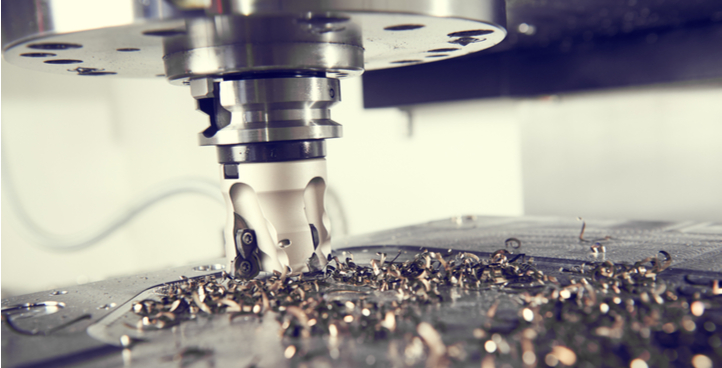
What to do with the 5 axis CNC machine for long service?
A long-term, effective machine needs the regular upkeep of its five axes. Here are a few simple tasks to do:
- Keep It Clean: Brush off any bits and debris from the machine after using it. This lowers the risk of harm.
- Lubricate Movable Parts: Give the moving parts a regular supply of oil or grease. This ensures the smooth running of things.
- Tighten Loose Parts: verify that all screws and bolts are tight. This ensures the machine’s stability.
- Examine for Wear: verify that the bearings, linear direct, and ball screws aren’t worn out by checking them. If vital, swap them out.
- Testing them regularly: Verify that the axes are moving correctly by testing them regularly. You can be sure by testing and shifting them often.
- Update Software: Assure that the machine’s software is up to date. It also backs up your settings to avoid missing vital data.
You can boost the service life and your machine’s efficiency if you follow these tips.
Where to go for advanced details on 5 axis CNC machines?
You can explore various sites for the latest data and the most excellent 5-axis machine service. Unique advice in CNC machining is often provided by schools and online classes. You can pick up both basic and advanced skills in these events. You can also see the latest gadgets and pick the brains of experts by going to events and shows.
Junying is an excellent option if you want in-depth insight and expert advice. These provide an array of data and expertise on CNC machining. They offer exceptional services to help you get the most out of your 5-axis machine. For extra details, check out their web page at Junying.
FAQs
What are the works of the X, Y, and Z axis?
The Y-axis moves forward and backward. The Z-axis moves up and down. And the X goes for left and right.
What do the A and B axes do?
The A axis tilts around the X axis. The B axis tilts around the Y axis. These let the machine tilt the tool.
What are the reasons for using this?
These machines can make complex parts in one go. They save time and are very precise.
Who uses these machines?
Industries like aerospace, cars, medical, and mold-making use them. They need to make detailed and accurate parts.
Can it save money?
Yes, they reduce the need for many setups. This lowers labor costs and reduces mistakes.
How does it make better products?
They can machine complex shapes more accurately. This gives a better finish and fewer errors.
Are these machines hard to program?
They can be tricky, but modern software helps. It makes creating tool paths easier.
Conclusion
This machine, which has five axes, is a helpful output device. Due to its extra motion, the machine allows for complex designs with fewer settings. These tools run better and save time. We can learn these machines’ values by understanding how each axis works. They assist in making exact and detailed parts. And as a result, they play a vital part in modern industry.

